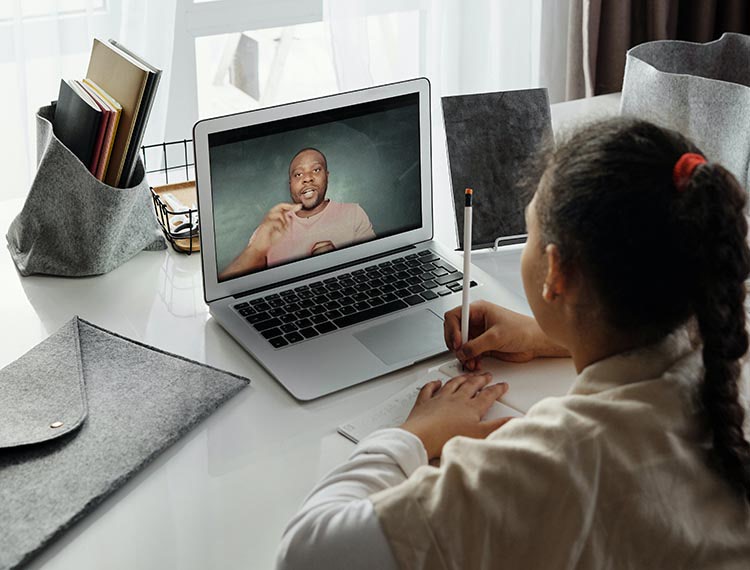Shrinking the digital divide in education

With school doors finally open again after another national lockdown, pupils are back in the classroom environment, socialising with their friends and reconnecting with teachers. It’s a welcome return and will bring a much-needed boost to their mental health.
Despite the return to in-person teaching, there remains a digital divide between disadvantaged children and their peers – one which has unfortunately got wider and more severe over the last year due to the on-off cycle of school closures. Many young people are now further behind in their studies than ever before, with this lack of progress threatening to significantly impact their future prospects if steps aren’t taken to address it.
To close the digital divide, we need to embrace a holistic approach that guarantees disadvantaged pupils get better access to devices both in school and at home. While catch-up funding and the National Tutoring Programme offer much-needed support, we also need to be looking at alternative sources to make up the shortfall. For example, schools, educational trusts and tuition providers need to partner together and work in harmony in order to bridge this divide in the long term.
Why we’re in this position
The shift to online learning has exposed just how significant the issue of digital poverty is.
Digital poverty refers to those who live without the internet or digital technologies, or with very minimal access to them. In the classroom, everyone is given the same supplies and access to resources, which means no pupil is at a disadvantage in this respect. However, the same cannot be said at home.
Typically, parents in more affluent families can provide sufficient internet-connected devices for their children, ensuring uninterrupted access to online learning and resources during school closures. This also remains pivotal in assisting them with tasks such as homework.
Disadvantaged children, in contrast, often live below the poverty line. Their parents may be on low wages with multiple school-aged children in one household, meaning they can’t afford to buy enough devices for everyone to have one.
Several reports have been published to back up these claims. One study found that during the first lockdown, more affluent pupils spent 75 minutes a day longer on educational activities than their peers from disadvantaged backgrounds, which is a staggering extra 31% of learning time. Another report found that one in five pupils on free school meals has no access to a computer at home.
The road ahead
If given the chance to succeed, young people can forge a path to a successful career in almost any discipline they choose. Without the resources needed to succeed, and a level playing field on which to develop their talents, those from disadvantaged backgrounds will be unable to develop the skillset needed to get into college, training or university, and ultimately find a fulfilling job.
Fortunately, there are steps we can take to help narrow this divide and build a better future for children of all backgrounds.
Making use of all resources
Even before the pandemic the digital divide was a huge problem, but the past year has opened our eyes to how severe it really is. Pupils have had two school years’ worth of learning disrupted, so they need a way to catch up. Addressing this challenge is about combining easier access to technology with tailored support for the pupils who need it most.
Government efforts to deliver laptops to disadvantaged students have been welcome and have gone some way towards alleviating technology issues for many. This is something that we at Learning Hive – alongside many other organisations – have also engaged in, in order to tackle the problem in the short term.
However, this is still not enough; more needs to be done to ensure the impact of such measures is maximised. True success will come from a comprehensive programme of support.
This support should include all-important in-person teaching, as well as schemes such as fully funded after-school tuition carried out in partnership with teachers and schools. Barnardo’s See, Hear, Respond re-integration into education programme has been an excellent example of this. While these schemes should without a doubt be focused on key subjects such as Maths and English, it’s important they also cover enriching disciplines such as drama, STEM, health and wellbeing.
It’s up to us to build a better future
The road to alleviating digital poverty is long, but the return to the classroom has brought new impetus and vigour that we should use to drive things forward. Pupils have the regimented, familiar structure of school back, but the next key step is to ensure a proactive, synchronised approach is in place to help the most disadvantaged children catch up. Achieve this, and our young people will still have a bright future ahead of them.
Nayeer Afzal, Programme Director at Learning Hive











Responses